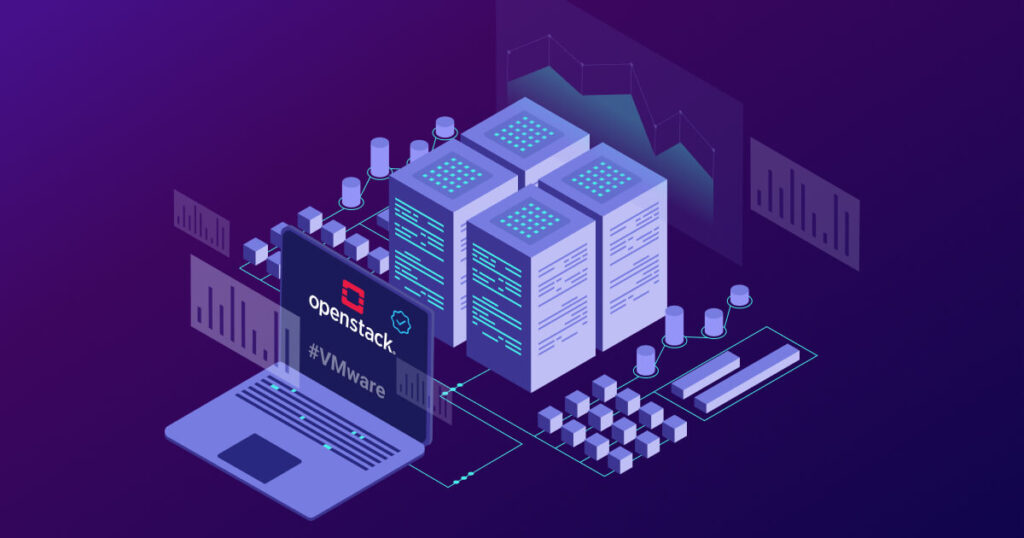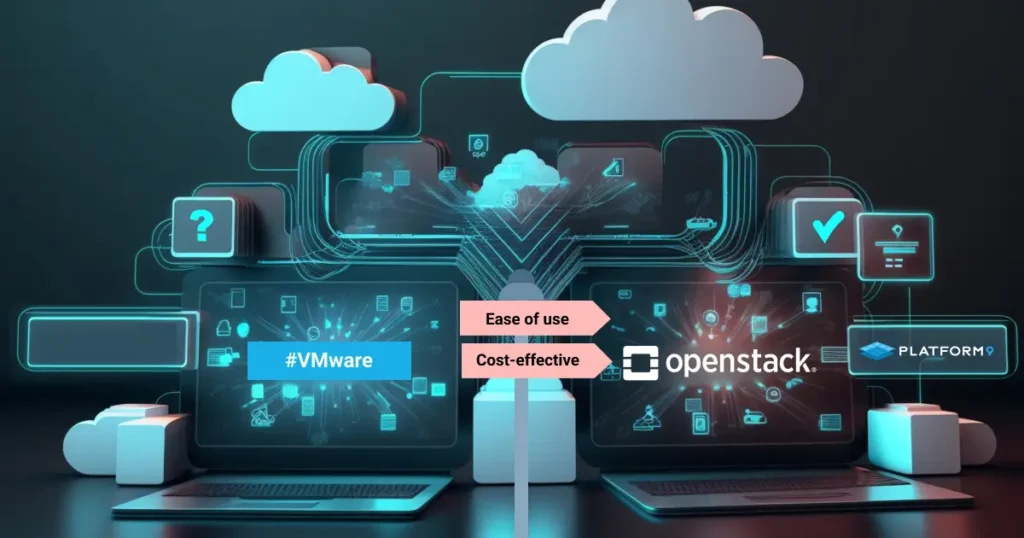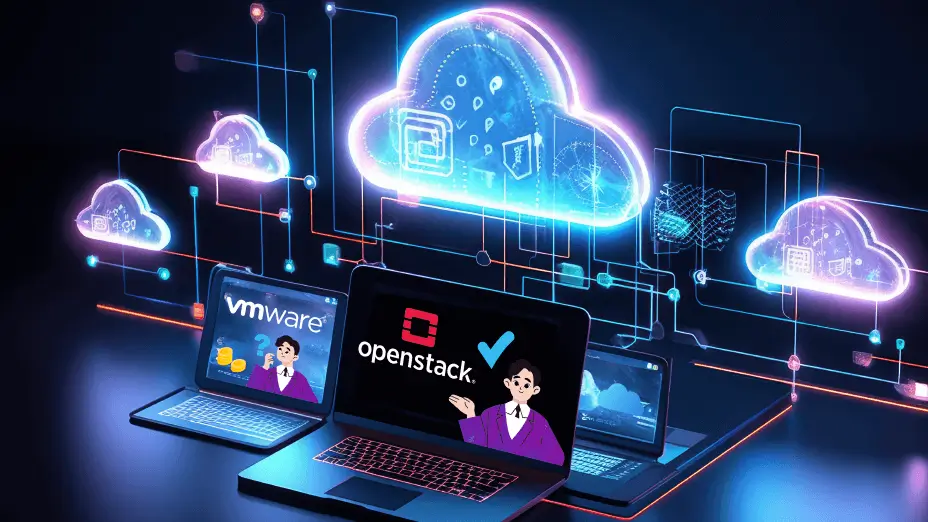VMware vs OpenStack: Why OpenStack is the better VMware alternative in 2024
In this blog post, we will cover the following OpenStack vs VMware topics: Why now is the time to look for VMware alternatives? Common alternatives to VMware: A quick comparison of Proxmox, Nutanix, and Hyper-V Reasons why OpenStack faced challenges in initial enterprise adoption OpenStack has become a mature and enterprise-ready VMware alternative solution today […]














